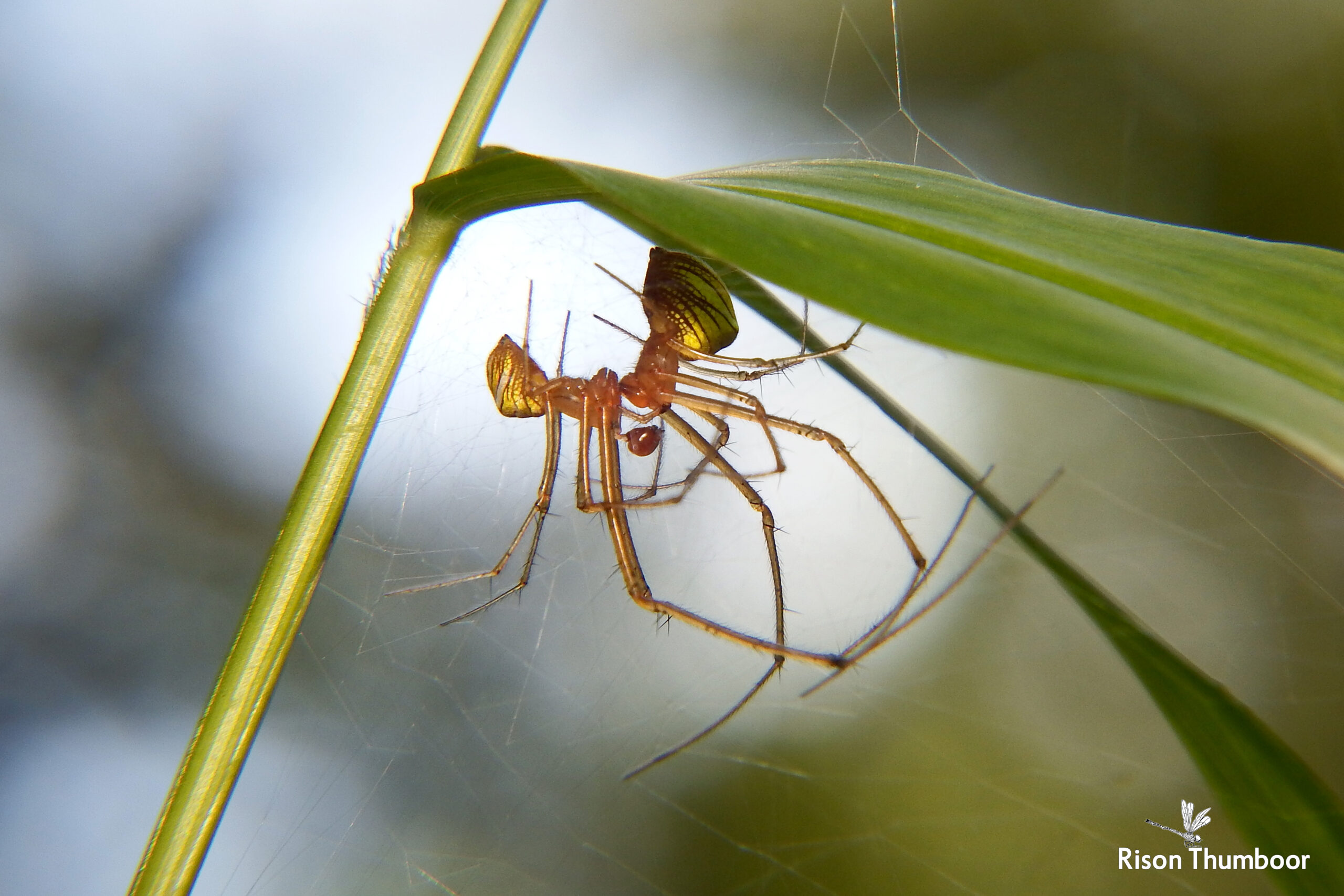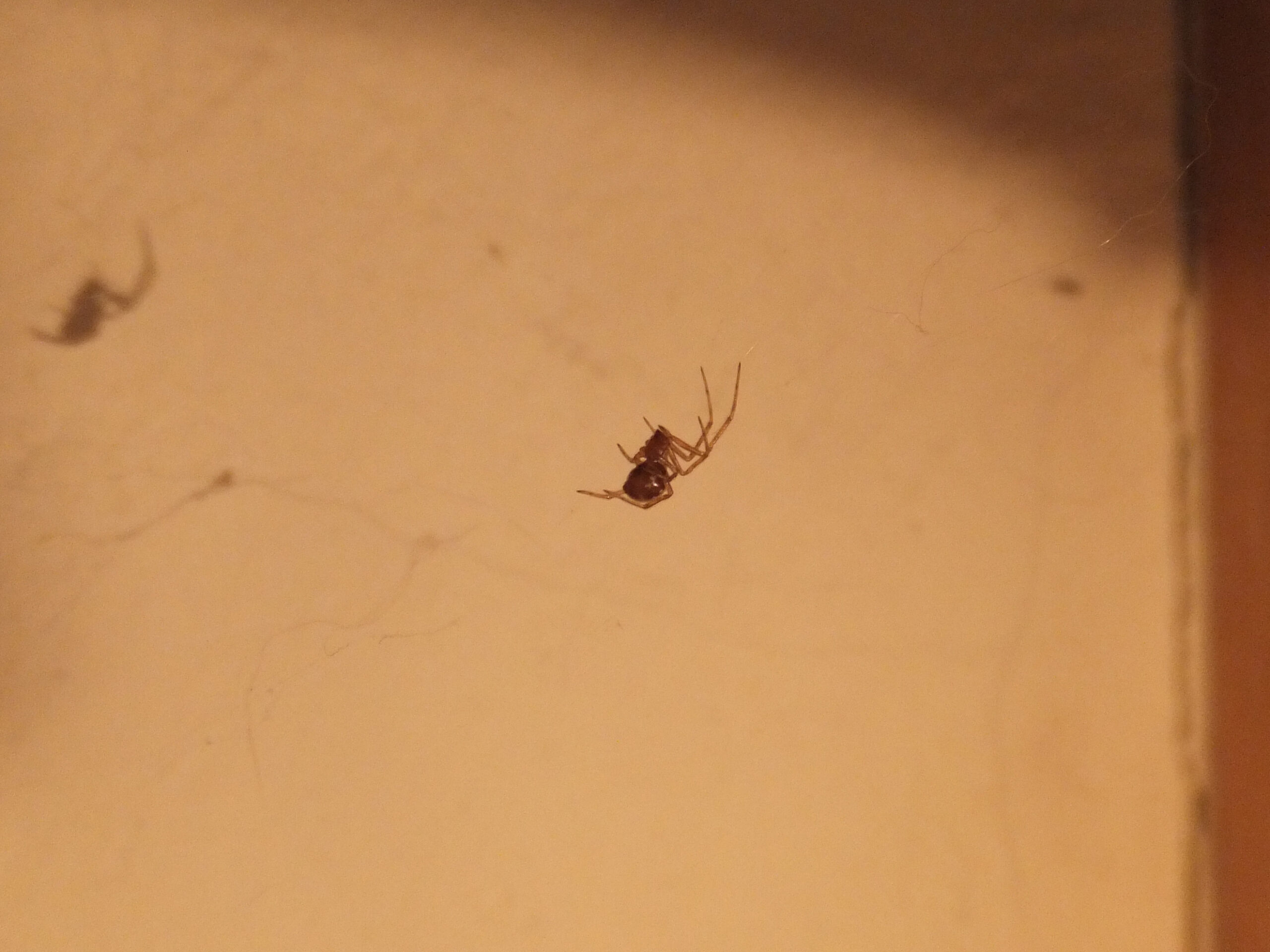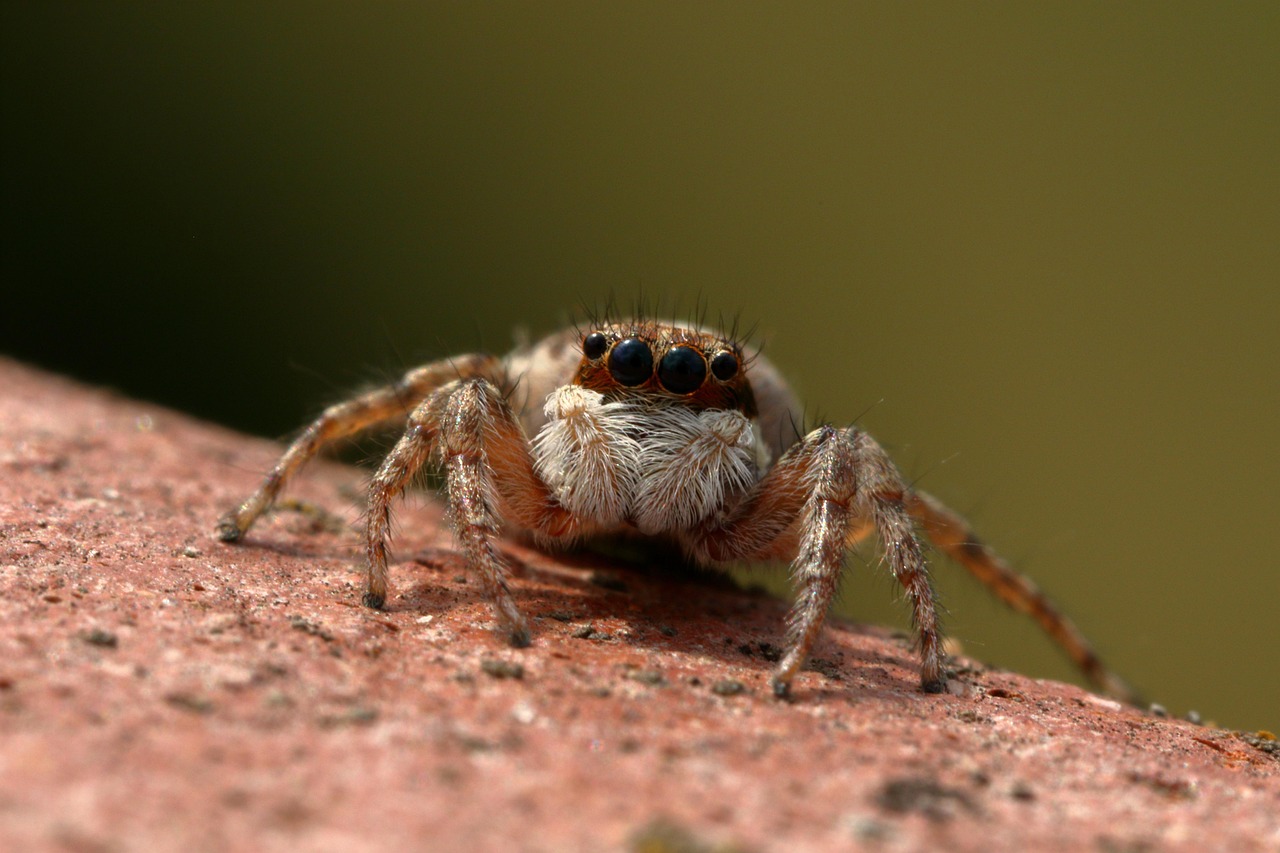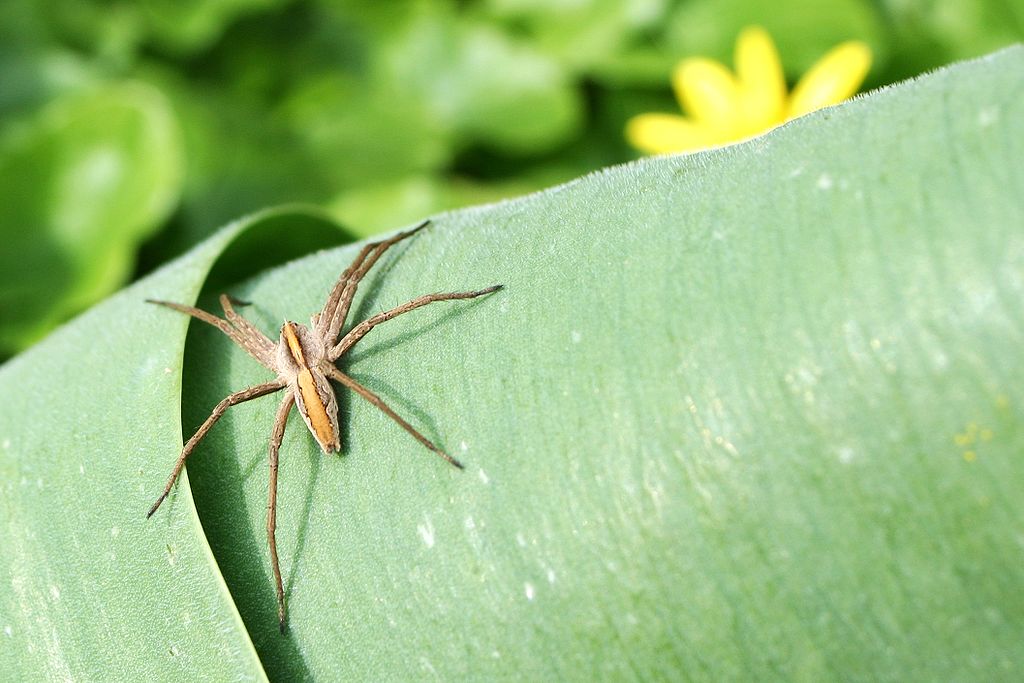Picture this: you’re a tiny spider, barely the size of a pinhead, and suddenly you’re launched into the air like a living cannonball. This isn’t science fiction — it’s the incredible reality for baby spiders of certain species. While most of us think of spiders as creatures that simply crawl from place to place, nature has equipped some of these eight-legged marvels with one of the most spectacular dispersal methods in the animal kingdom.
The Physics-Defying Launch System

When we talk about catapulting spider babies, we’re not speaking metaphorically. These spiders have evolved a genuine ballistic system that would make medieval siege engineers jealous. The process involves building up tension in specialized body parts, then releasing it all at once with explosive force. The mechanics work similarly to a compressed spring or rubber band. The mother spider contracts specific muscles while positioning her young on a flexible structure — often her own web or a specially constructed platform. When she releases this tension, the babies are literally flung through the air at speeds that can reach several meters per second. What makes this even more remarkable is the precision involved. Unlike random scattering, these launches are often directional and purposeful, giving the babies the best chance of landing in suitable habitat.
Meet the Catapult Champions

The most famous practitioners of this aerial baby-launching technique belong to the family Therididae, commonly known as cobweb spiders. These aren’t your typical house spiders — they’re specialized engineers of the arachnid world. Species like Anelosimus studiosus have perfected this technique over millions of years of evolution. But they’re not alone in this behavior. Several other spider families have independently evolved similar catapult mechanisms, proving that when it comes to survival, nature often finds the same brilliant solutions multiple times. Each species has its own unique twist on the basic catapult concept. Some species can launch their babies up to 10 times their own body length, which would be like a human throwing a child the length of a football field. The power-to-weight ratio involved in these launches is simply staggering.
Why Launch Your Children Into the Void?

At first glance, hurling your offspring into the air seems like terrible parenting. But in the spider world, it’s actually one of the most caring things a mother can do. The primary reason is avoiding cannibalism — young spiders are notorious for eating their siblings when resources are scarce. By catapulting babies away from the birth site, mothers ensure their offspring spread out across the landscape rather than competing with each other for food. This dispersal strategy maximizes the chances that at least some babies will survive to adulthood. The technique also helps baby spiders colonize new territories rapidly. Instead of slowly crawling away from their birthplace over days or weeks, they can establish themselves in entirely new areas within minutes of birth.
The Incredible Engineering Behind the Launch
The biomechanics of spider catapults involve some of the most sophisticated natural engineering on Earth. The mother spider’s body essentially becomes a living trebuchet, with her legs acting as the frame and her abdomen providing the counterweight. The web or launching platform serves as the arm of the catapult. Scientists have discovered that these spiders can generate forces up to 50 times their own body weight during launch. To put this in perspective, that’s equivalent to a 150-pound person generating 7,500 pounds of force — enough to launch a small car. The timing has to be absolutely perfect. Release too early, and the babies don’t get enough velocity. Release too late, and they might be launched in the wrong direction or not at all. This precision suggests a level of neuromuscular control that rivals any Olympic athlete.
Baby Spiders: Built for Flight

The babies themselves are remarkably adapted for their aerial journey. Their tiny bodies have an optimal weight-to-surface-area ratio that allows them to travel surprisingly long distances once airborne. Some can glide for several meters before touching down. Their exoskeletons are also reinforced in specific areas to handle the intense G-forces experienced during launch. These forces can exceed 100 Gs — enough to knock a human unconscious, but perfectly manageable for these tiny aerial acrobats. Perhaps most impressively, baby spiders can actually steer themselves during flight using their legs as rudimentary wings or air brakes. This gives them some control over where they land, increasing their chances of finding suitable habitat.
The Precision of Natural Artillery
What separates spider catapults from random scattering is the remarkable accuracy these mothers achieve. Research has shown that many species can consistently aim their babies toward favorable landing zones — areas with adequate food sources, appropriate humidity levels, and minimal predator presence. This targeting ability suggests that mother spiders can somehow assess their environment and calculate optimal launch angles and velocities. The computational power required for such calculations is mind-boggling, yet these tiny brains manage it instinctively. Some species even adjust their launch power based on environmental conditions like wind speed and direction. On calm days, they might use less force, while windy conditions call for more powerful launches to compensate for air resistance.
Multiple Launch Systems in One Species

Many catapult spiders don’t just have one launch mechanism — they have several. Some species can switch between different types of catapults depending on the situation. They might use a gentle launch for nearby dispersal or a powerful long-range launch when babies need to travel farther. The most sophisticated species have been observed using up to three different launch systems: a close-range scatter system for immediate area dispersal, a medium-range directional system for targeted placement, and a long-range high-power system for maximum distance coverage. This versatility ensures that baby spiders can be distributed across multiple ecological niches, dramatically increasing the species’ overall survival rate and genetic diversity.
The Survival Statistics Are Staggering

The effectiveness of catapult dispersal becomes clear when you look at the numbers. Studies have shown that spider species using catapult methods have significantly higher offspring survival rates compared to those relying on traditional crawling dispersal. In some cases, the survival advantage can be as high as 300%. This dramatic improvement in survival odds explains why the catapult trait has evolved independently in multiple spider lineages. When a survival strategy is this effective, natural selection strongly favors its development and refinement. The technique is so successful that some spider populations have been observed expanding their territorial range by up to 50% per generation, largely due to the superior dispersal capabilities of their catapult systems.
Environmental Impact and Ecological Benefits
Spider catapults don’t just benefit the spiders themselves — they play a crucial role in ecosystem dynamics. The rapid dispersal of baby spiders helps maintain genetic diversity across populations and prevents inbreeding in isolated colonies. These aerial dispersal events also help spiders colonize new habitats quickly, which is especially important in our rapidly changing world. As climate change alters ecosystems, species with superior dispersal abilities like catapult spiders have significant advantages in adapting to new conditions. The technique also contributes to pest control effectiveness. By spreading young spiders across wider areas more quickly, catapult species can respond to insect outbreaks more rapidly than their crawling counterparts.
The Energy Economics of Aerial Dispersal
Launching babies into the air requires tremendous energy investment from mother spiders. The metabolic cost of generating catapult forces can consume up to 40% of a mother’s energy reserves. This enormous expenditure only makes sense because the survival benefits are so substantial. To fuel these launches, mother spiders often engage in intensive hunting periods before reproduction. Some species will consume up to five times their normal food intake to build up the energy reserves needed for multiple catapult launches. The energy investment also extends to the construction of launching platforms. Many species build specialized web structures designed specifically for optimal catapult performance, which requires additional silk production and construction time.
Predator Avoidance Through Aerial Escape
The catapult mechanism serves as more than just a dispersal tool — it’s also an incredibly effective anti-predator strategy. Many spider predators, such as wasps and birds, are adapted to hunt crawling or stationary prey. When baby spiders suddenly launch themselves into the air, they often catch predators completely off guard. The high-speed nature of the launch makes it nearly impossible for most predators to track and intercept airborne baby spiders. By the time a predator realizes what’s happening, the babies are already well out of reach. Some species have even evolved to synchronize their launches with specific times of day when aerial predators are least active, further maximizing the survival advantages of their catapult strategy.
The Role of Weather in Launch Success
Weather conditions play a crucial role in the success of spider catapult launches. Wind patterns, humidity levels, and temperature all affect both the launch dynamics and the babies’ survival chances once airborne. Mother spiders have evolved sophisticated abilities to read these environmental cues. Many species will delay launches during unfavorable weather conditions, even if it means keeping potentially cannibalistic babies together longer. This ability to assess and respond to meteorological conditions shows remarkable environmental awareness. Some species have been observed taking advantage of specific weather phenomena, such as thermal updrafts or wind patterns, to extend their babies’ flight range dramatically. These spiders essentially use the atmosphere as a highway system for dispersal.
Scientific Discoveries and Research Breakthroughs
The study of spider catapults has revealed insights that extend far beyond arachnology. Engineers are now studying these biological systems to develop new technologies for launching small payloads, including micro-drones and scientific instruments. Recent research has also uncovered the genetic basis for catapult behavior, revealing that relatively few genes control this complex trait. This discovery has implications for understanding how sophisticated behaviors can evolve rapidly in response to environmental pressures. High-speed cameras have captured the launch process in unprecedented detail, revealing biomechanical principles that were previously unknown to science. These discoveries are contributing to advances in robotics, materials science, and even space exploration technologies.
Conservation Implications and Future Challenges

As human activities continue to fragment natural habitats, the superior dispersal abilities of catapult spiders may become increasingly important for ecosystem stability. These species are often among the first to recolonize disturbed areas, helping to restore ecological balance. However, climate change poses new challenges even for these adaptable creatures. Changing weather patterns could disrupt the environmental cues that trigger optimal launch conditions, potentially reducing the effectiveness of this remarkable survival strategy. Conservation efforts increasingly recognize the importance of maintaining connected habitats that allow for natural dispersal processes. Understanding spider catapult mechanisms helps inform landscape planning and habitat restoration efforts.
Conclusion

The world of spider catapults represents one of nature’s most ingenious solutions to the fundamental challenge of dispersal. These tiny creatures have evolved mechanisms that rival our most sophisticated engineering achievements, all in service of giving their offspring the best possible start in life. From the precise biomechanics of the launch system to the remarkable adaptations of the babies themselves, every aspect of this behavior showcases evolution’s incredible problem-solving abilities. The implications extend far beyond the spider world, offering insights into engineering, ecology, and conservation that will benefit humanity for generations to come. As we continue to study these remarkable creatures, we’re reminded that some of nature’s most profound lessons come in very small packages. What other secrets might these eight-legged engineers be hiding in their tiny, extraordinary lives?

